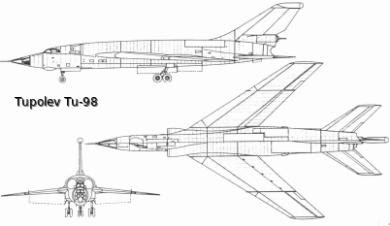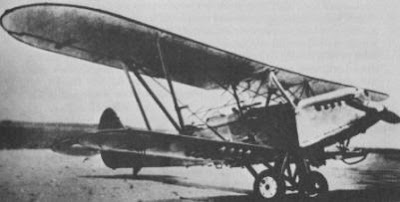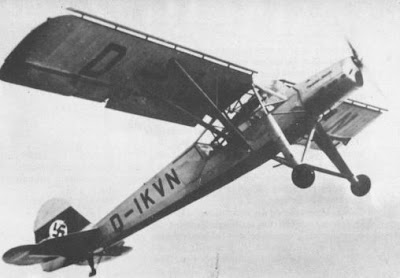The Messerschmitt Bf 110 was a WW2 heavy fighter aircraft. Known as the Zerstörer (Destroyer), it also carried out ground-attack missions to provide fire support to frontline German troops. In this latter role, it operated together with the Junkers Ju-87 as it played an important part in the Blitzkrieg warfare of the first two years of the war. It first saw combat action, in limited number, during the German invasion of Poland. From then on, the Luftwaffe would use it on every front until the end of the war.
The Messerschmitt Bf 110 had been designed in 1935 by a team of engineers of the Bayerische Flugzeugwerke (later the Messerschmitt AG). The prototype, the Bf 110-V1, performed its first flight on May 12, 1936, achieving a maximum speed of 505 km per hour (314 mph) at 3,175 m (10,415 ft) high. Although it was not as maneuverable as single-engine lighter fighters, the Messerschmitt Bf 110 past the test as it was sturdy, fast, and had a long range capability. The test flights would continue for almost a year to improve and overcome technical problems. The first production version, the Messerschmitt Bf 110C-1, was delivered to the Luftwaffe Zerstörergruppen in mid 1939. As more variants would come out of the factory, with more than 6,000 aircraft produced by 1945.
Technical Characteristics
The Messerschmitt Bf 110 was a two-seat, two-engine monoplane. It had straight wing, which was mounted low on the all-metal fuselage. Its tailplane (horizontal stabilizer), however, was mounted high on top of the rear fuselage, with two fins (vertical stabilizers). It had two elevators, with a notch to allow full rudder deflection. The wing featured a single spar, which was joined to carry-through member in the fuselage that ran behind the pilot's seat. The wing trailing edge had large single-slotted flaps inboard. The slotted ailerons were outboard.
The Messerschmitt Bf 110 was fitted with retractable landing gear, which was sturdy and simple single strut and of single-wheel construction. After take off, it folded up into bays located in the rear of engine nacelles. However, the tail wheel was not retractable. The Bf 110C-4 variant was powered by two Daimler-Benz DB 601N, delivering 1,200 HP each. The Bf 110D-1 featured the same engines but carried auxiliary tanks for long range flights.
Armament
This reliable heavy fighter was equipped with two 20-mm MG-151 cannons and four 7.92-mm MG-17 machine guns, all of them mounted in aircraft nose to fire forward. It also had an addition 7.92-mm MG-17 machine gun set up on a pivot in the rear cockpit to fire aft. For ground-attack mission, it carried two 250-kg bombs on two hard points on each wing.
Specifications
Type: Heavy fighter/ground attack aircraft
Length: 12.65 m (41 ft, 6 in)
Wingspan: 16.27 m (53 ft)
Wing Area: 38.40 sq. meters ( 413.3 sq. ft)
Height: 3.50 m (11 ft, 6 in)
Maximum Speed: 560 km/h (349 mph)
Range: 800 km (without external tanks)
Below, two Messerschmitt Bf 110 aircraft flying in the skies over France.
In this color photo, two Bf 110D variants flying over North Africa.
Below, the Bf 110C-1 version in an airbase in 1941














































